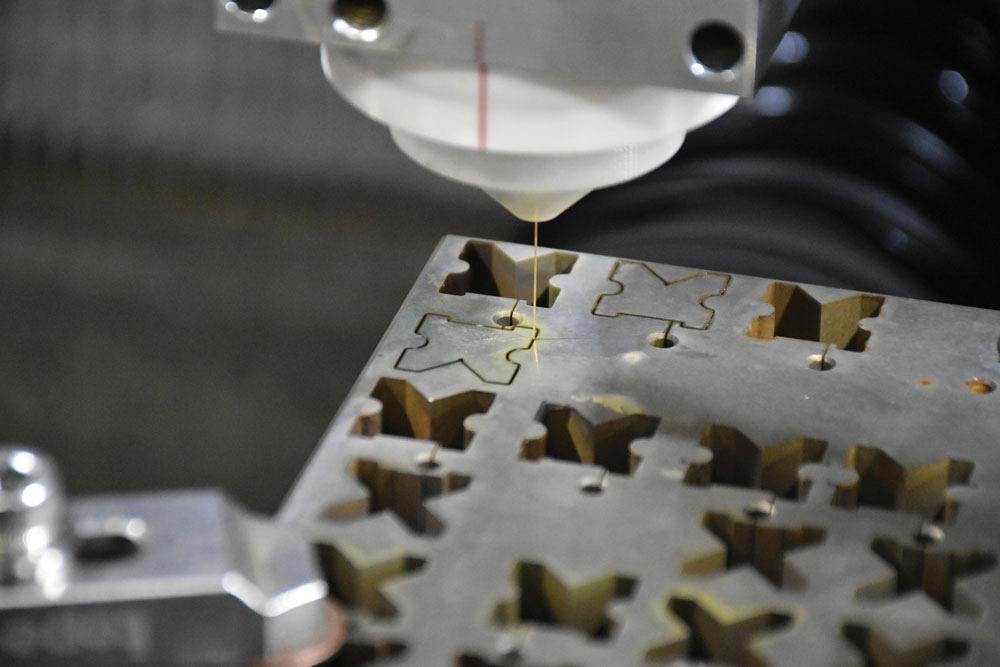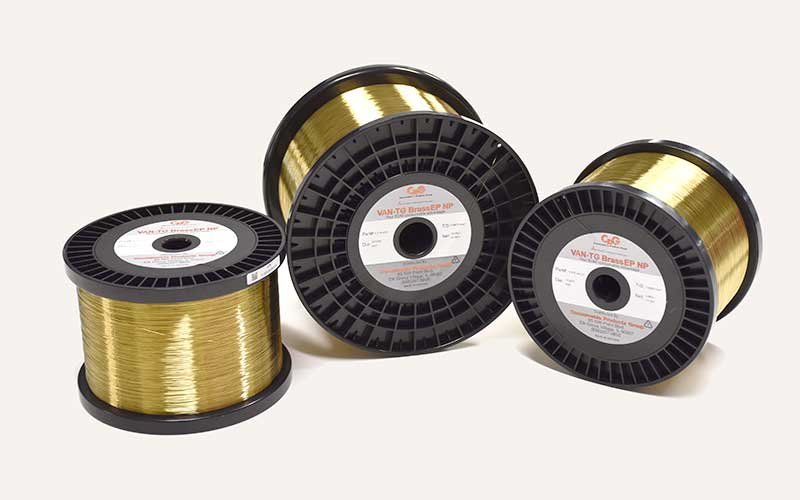what is CMM (Coordinate Measuring Machine)?
A Coordinate Measuring Machine (CMM) is used when dimensional inspection of some parts encounters positions that cannot be measured with general measuring tools like calipers, micrometers, dial gauges, fixtures, etc., or when measuring certain positions is not simple, requires a lot of time, or when a complete report about distances, angles, etc., is needed based on measuring a few simple positions. In such situations, the need for a three-dimensional measuring device arises.
Principles of a Coordinate Measuring Machine
The principles and methods of a Coordinate Measuring Machine (CMM) are based on the following key concepts:
Coordinate System
A CMM operates in a three-dimensional Cartesian coordinate system, typically represented by the X, Y, and Z axes. These axes define the positions and spatial movements of the CMM and the objects being measured.
Probing
CMMs use a probing system to make contact with the surface of the object being measured. Probes can be tactile trigger probes or scanning probes. Tactile trigger probes make discrete contact with specific points on the surface, while scanning probes continuously move along the surface to record a set of point clouds.
Probe Movements
The movements of the probe in CMMs are mounted on a movable part such as a bridge, arm, or column. This displacement system can move in three perpendicular directions (X, Y, and Z) to reach the desired measuring points on the object’s surface.
Reference Points
CMMs require reference points to establish a measurement base and coordinate system. These reference points are usually defined through a process called alignment, which ensures that the CMM and the object being measured are correctly oriented and positioned relative to each other.
Measurement Algorithms
Three-dimensional Coordinate Measuring Machines (CMMs) use complex algorithms for processing the measurement data obtained by the probing system. These algorithms analyze the recorded points to calculate various dimensional features such as distances, angles, flatness, alignment, straightness, etc.
Software and Programming
Three-dimensional CMMs are controlled by specialized software. Measurement routines are programmed to define the measurement path, point locations, and any necessary calculations or alignments. This software also provides tools for data analysis, reporting, and integration with other systems.
Accuracy and Calibration
Three-dimensional CMMs undergo calibration steps to ensure the accuracy of their measurements. Calibration involves comparing the CMM’s measurement outputs with known reference standards and applying correction factors to minimize measurement errors.
Data Output
Three-dimensional CMMs generate measurement data in the form of coordinates and dimensional features. These data can be presented in various formats, including point clouds, CAD models, graphical representations, or numerical reports.
Combining these principles, three-dimensional CMMs enable precise and accurate measurements of objects, assist in verifying their dimensional accuracy, identify deviations from design specifications, and ensure quality control in manufacturing processes. These principles guide the operation, programming, and data analysis of measurements in the CMM system.
Latest Articles in your inbox
Subscribe to our newsletter to get the newest manufacturing and industrial services articles in your inbox once a week.











